
The Amazon jungle is home to hundreds of amphibian species beyond frogs and toads. Amphibians are divided into three categories: frogs and toads, salamanders and newts, and caecilians. They can all be found in the Amazon basin.
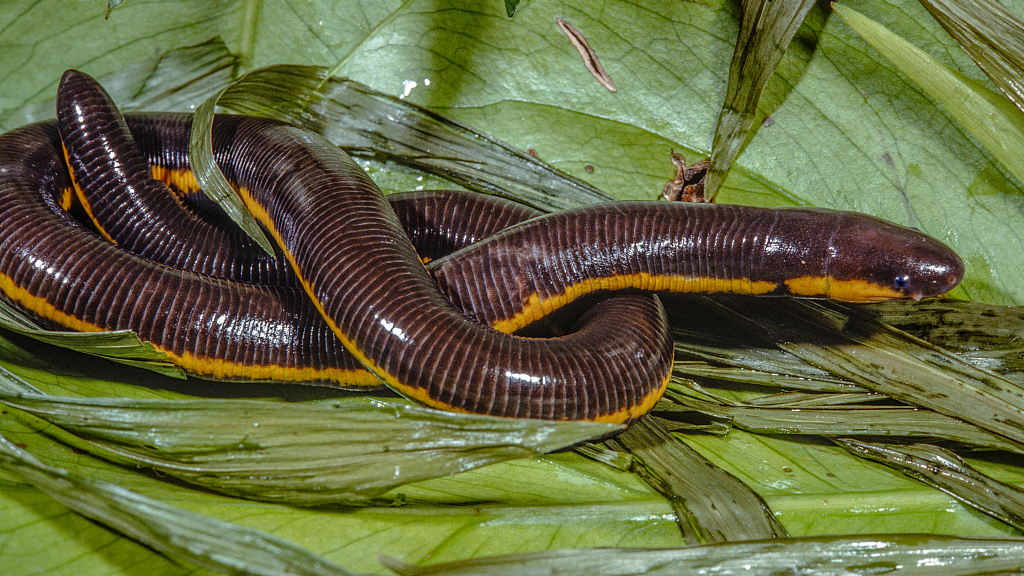
This limbless creature is neither a snake nor an earthworm. It is a caecilian, which means "blind one" in Latin. The caecilian lives hidden underground or in streams, where eyesight is useless. /VCG Photo
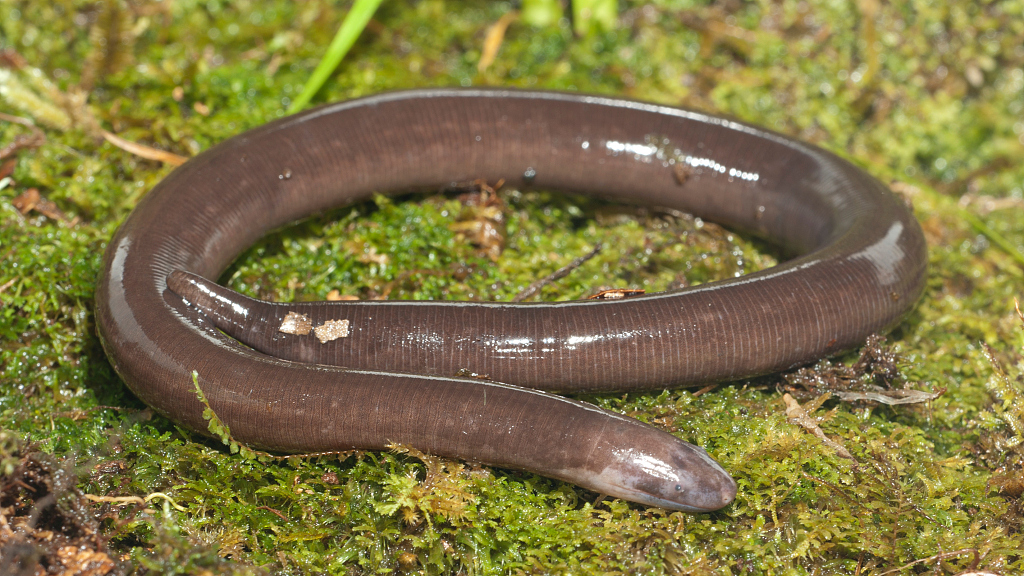
The Amazon is home to the world's largest caecilian. But scientists are not completely sure what it feeds on – maybe insects, or even earthworms. /VCG Photo
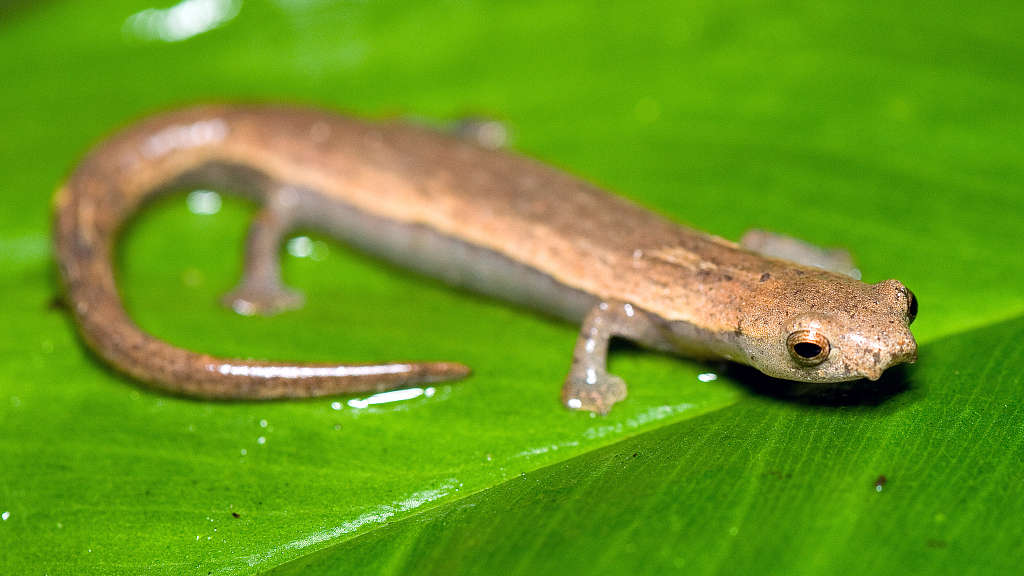
The Harry Porter saga mentions the "Amazonian Salamander," a variant of the fire dwelling salamander, native to the Amazon rainforest. It's a fictional character, but don't be too disappointed: there are other salamanders in the Amazon. /VCG Photo
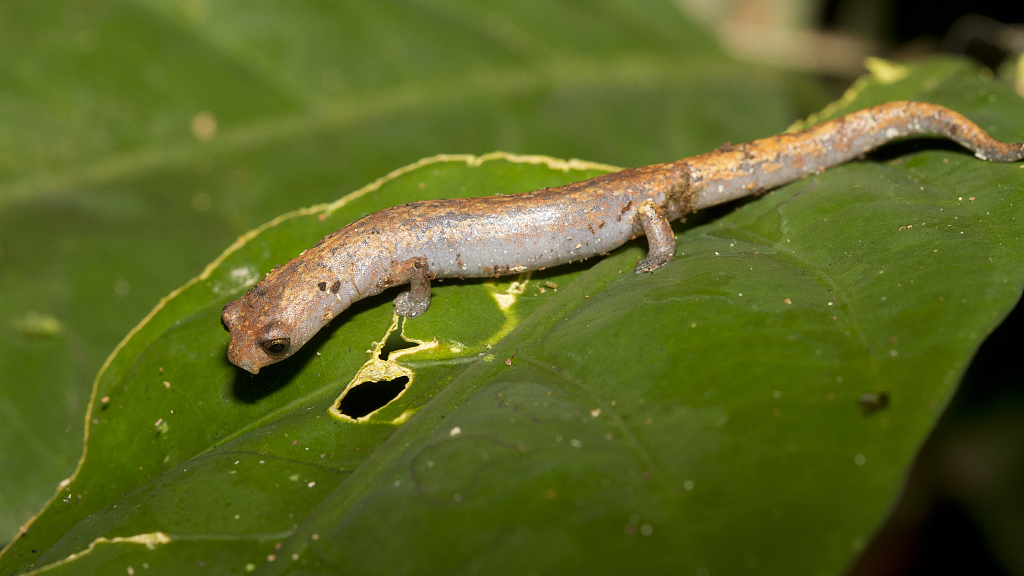
Though they look similar to lizards, the salamanders are not reptiles. They are amphibians as they do not have hard scales covering their bodies. /VCG Photo
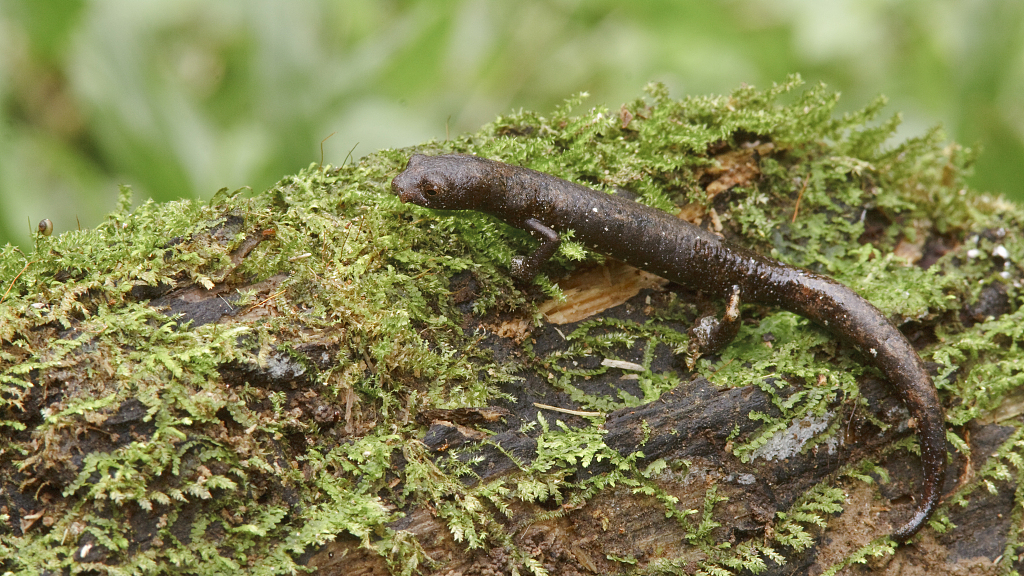
Salamanders like warm, moist environments, which help keep their skin wet. Some of them are poisonous. Some can drop off their tail and grow it back. /VCG Photo
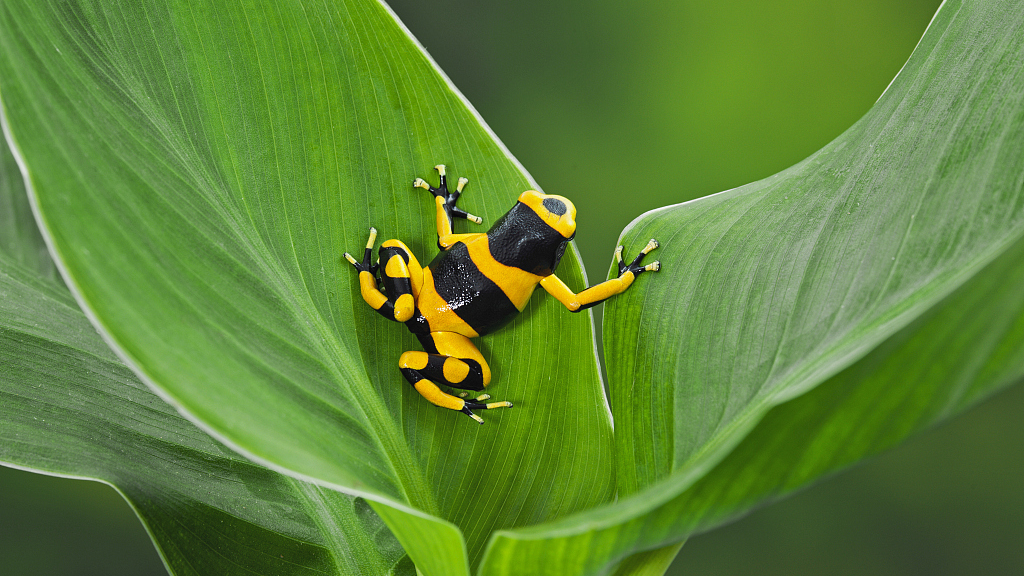
The most abundant and varied amphibians in the region are undoubtedly toads, frogs and tree frogs. According to WWF, of the 4,000 species found around the world, more than 427 are in the Amazon, including the poison dart frog. /VCG Photo
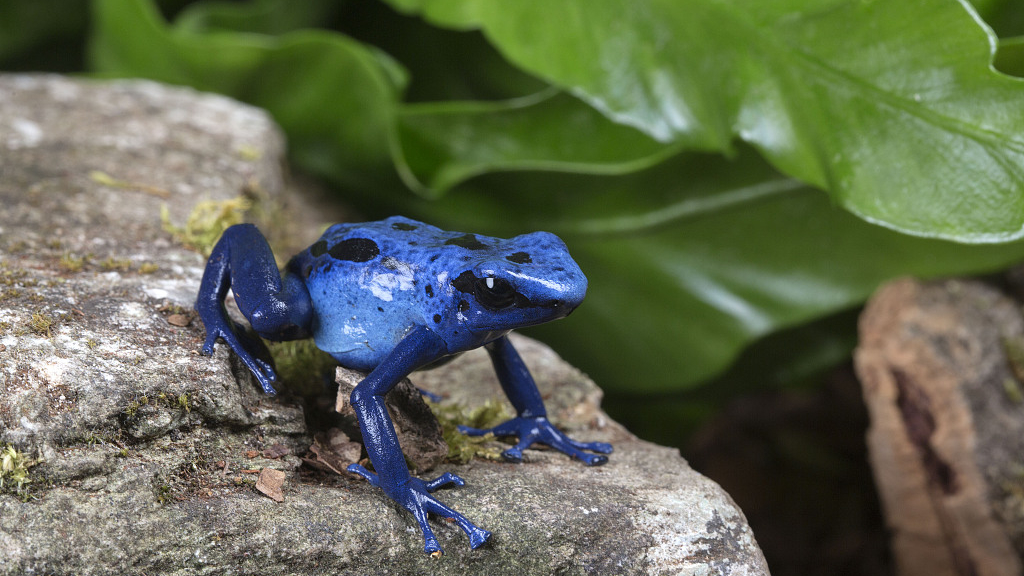
These bright-colored frogs are often called "dart frogs" due to the indigenous use of their toxic secretions to poison the tips of blowdarts. However, of over 170 species, only about 55 are poisonous, and only four of them have been documented as being used for darts. /VCG Photo
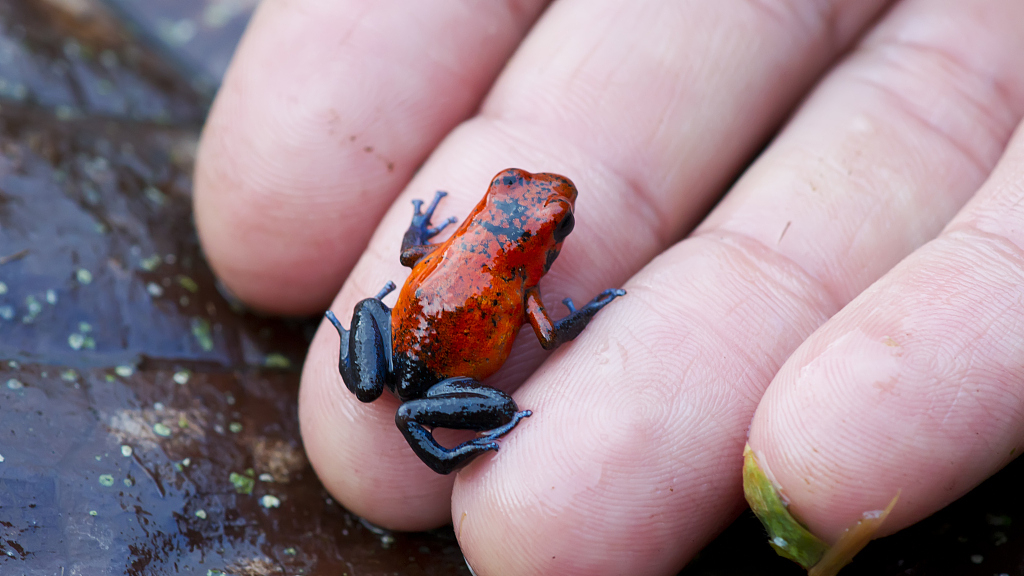
Most species of poison dart frogs are small, sometimes less than 1.5 cm in adult length. Only a few grow up to 6 cm. /VCG Photo
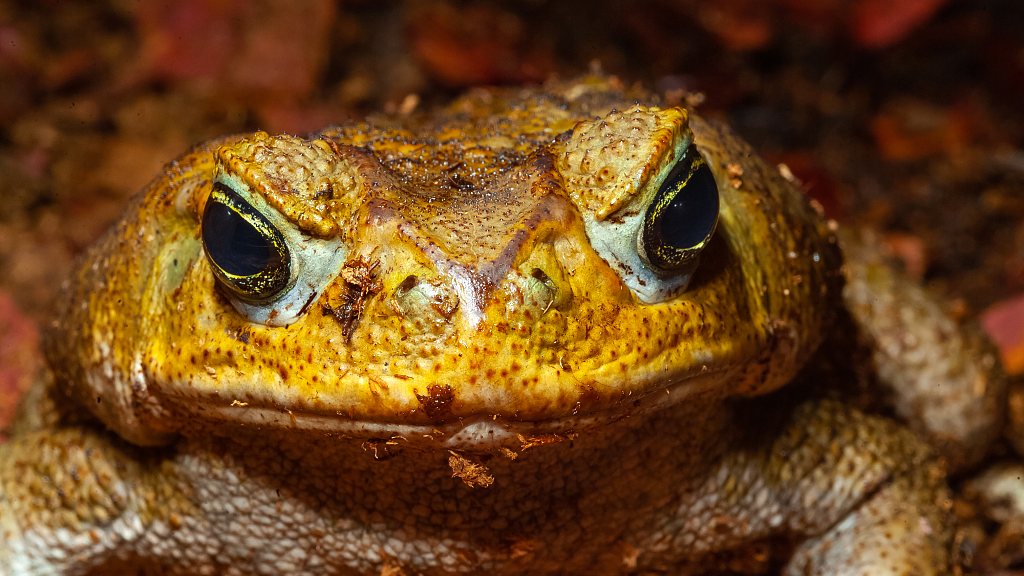
The dart frog is not the only toxic animal in the jungle. The giant cane toad may be scarier. Its skin secretes an irritating fluid, so potent that dogs and cats die just from picking up the frog in their mouth. But even coming too close can be dangerous. /VCG Photo
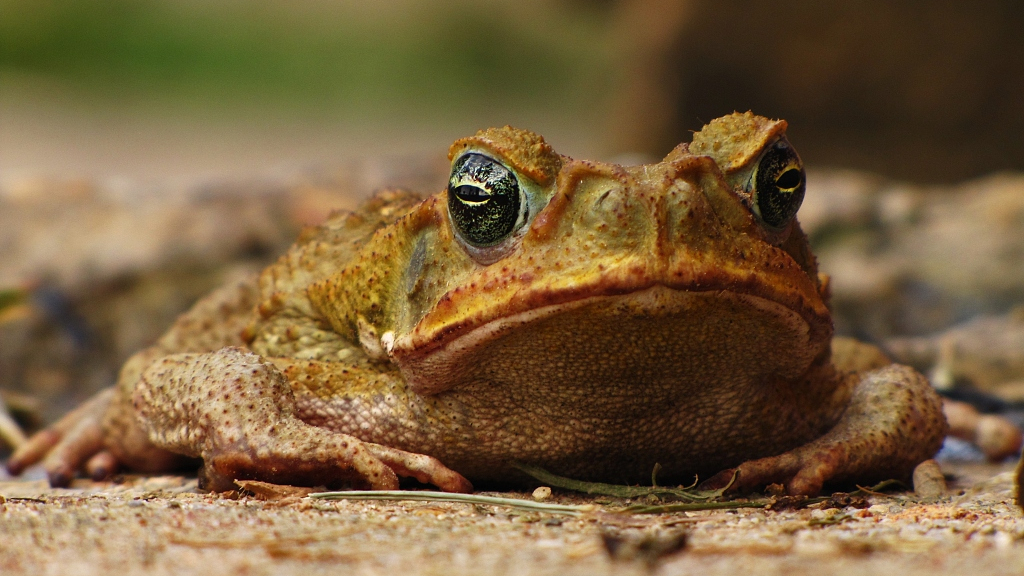
The cane toad is a champion of survival, fossils of this species from 23 million years ago have been found! The adult size of this toad reaches 15 cm on average, but there are records of some reaching 35 cm and weighing 2.65 kg. /VCG Photo
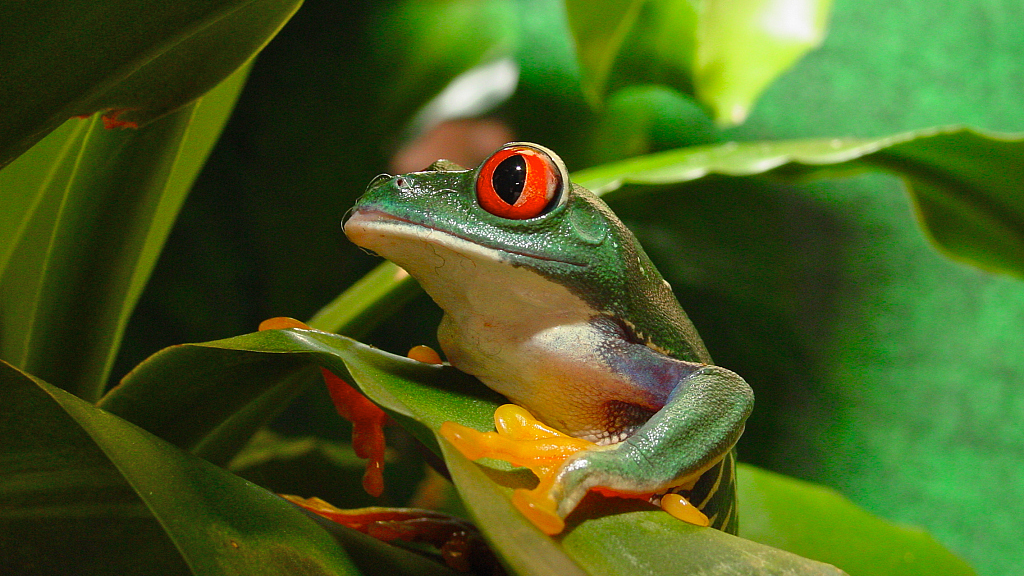
As the name suggests, the tree frog lives in the trees and comes out at night. After mating, the female lays eggs on leaves above water. The tadpoles then simply fall off the leaf into the water when they emerge. /VCG Photo
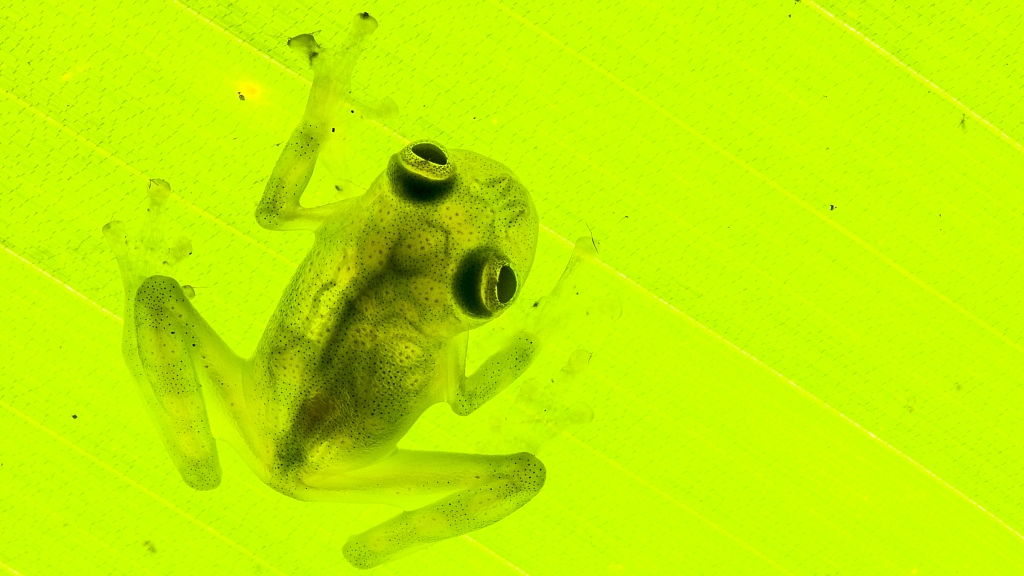
The glass frog is definitely amazing. While the general background coloration of it is primarily lime green, the abdominal skin of it will be transparent. The internal viscera are visible through the skin. /VCG Photo
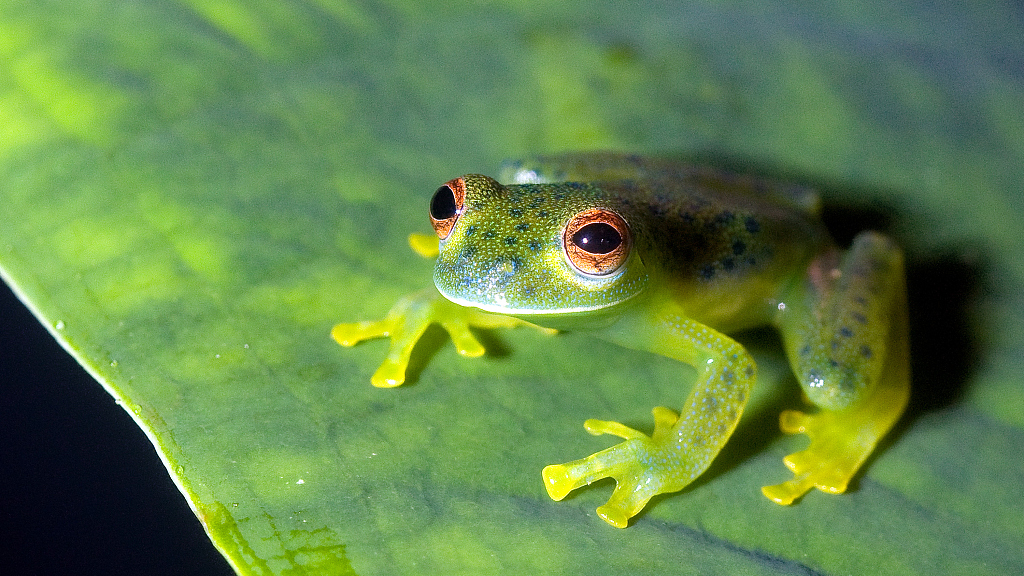
Glass frogs are arboreal, meaning they mainly live in trees, and only come out for mating season. /VCG Photo
To discover more about Amazonian creatures, check here:
Exotic species in the Amazon rain forest – mammals
Exotic species in the Amazon rainforest – birds
Exotic species in the Amazon rainforest – fishes
(Cover image via VCG)
(If you want to contribute and have specific expertise, please contact us at nature@cgtn.com.)

Copyright © 2018 CGTN. Beijing ICP prepared NO.16065310-3
Copyright © 2018 CGTN. Beijing ICP prepared NO.16065310-3